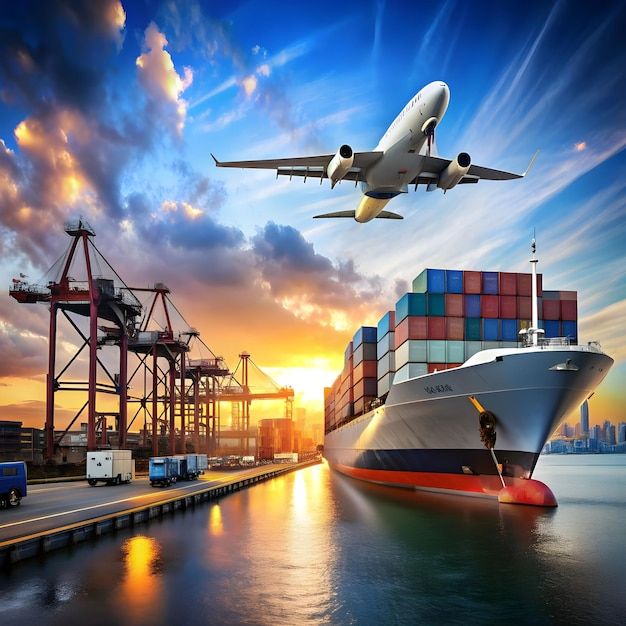The global transportation and logistics industry has undergone massive shifts over the past few years, driven by technology, e-commerce growth, and rising consumer expectations. As we move through 2025, logistics providers face increasing pressure to innovate, optimize, and stay resilient.
In this post, we’ll explore five key trends that are shaping the future of logistics and transportation — and what they mean for your business.
1. Automation and Robotics Are No Longer Optional
From automated warehouses to robotic arms in distribution centers, automation is now a critical component of modern logistics. In 2025, companies are investing heavily in:
-
Autonomous guided vehicles (AGVs)
-
Robotic picking systems
-
AI-powered sorting and packing tools
Why it matters: Automation boosts efficiency, reduces labor costs, and helps mitigate labor shortages — a major challenge for the industry.
2. Sustainability Is Driving Supply Chain Innovation
Sustainability is more than a buzzword. With stricter regulations and growing demand for eco-friendly practices, companies are:
-
Electrifying delivery fleets
-
Using route optimization software to reduce emissions
-
Partnering with green logistics providers
Case in point: Major carriers like FedEx and DHL have committed to net-zero emissions targets by 2040 or earlier.
3. Real-Time Visibility Is Now a Customer Expectation
Customers (B2B and B2C alike) expect full visibility into their shipments. In response, logistics providers are deploying:
-
IoT sensors for temperature, location, and condition monitoring
-
GPS tracking with real-time updates
-
Control towers powered by AI for predictive alerts
The result: Greater transparency, faster problem resolution, and stronger customer trust.
4. Last-Mile Delivery Is the Competitive Battleground
The “Amazon Effect” continues to shape customer expectations for fast, low-cost delivery. In 2025, companies are testing:
-
Drone and autonomous vehicle deliveries
-
Urban micro-fulfillment centers
-
Crowdsourced delivery models
Challenge: Balancing speed with cost-efficiency, especially in densely populated or hard-to-reach areas.
5. Digital Freight Matching Is Streamlining Operations
Digital platforms that match shippers with carriers in real-time are transforming freight logistics. These systems use AI and data analytics to:
-
Reduce empty miles
-
Optimize routes
-
Improve pricing transparency
Leading platforms: Uber Freight, Convoy, and Transfix continue to gain traction across North America and Europe.
Final Thoughts 🧭
The transportation and logistics sector is evolving fast, and those who adapt early will gain a clear advantage. Whether you’re a 3PL provider, a fleet operator, or a supply chain manager, staying ahead of these trends is essential to remain competitive in 2025 and beyond.
Want more insights? Subscribe to our newsletter for monthly logistics updates, expert interviews, and industry forecasts.





